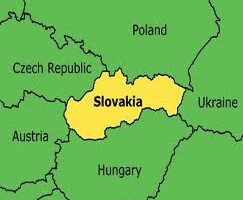
Middle English: a Case of Hybridization
Generally speaking, creoles and hybrids took more from the dialects of their superstrata than from the standard languages. Hybridization took place in England, in the area called Danelaw (extended from London to Chester), between the10th and the 11th Century, when Danish was probably used for some time. This is testified by the fact that places […]














